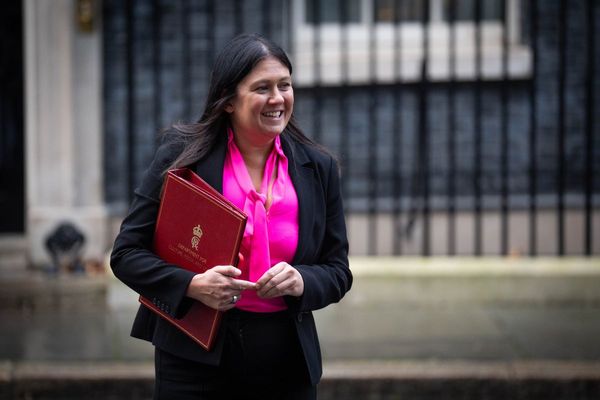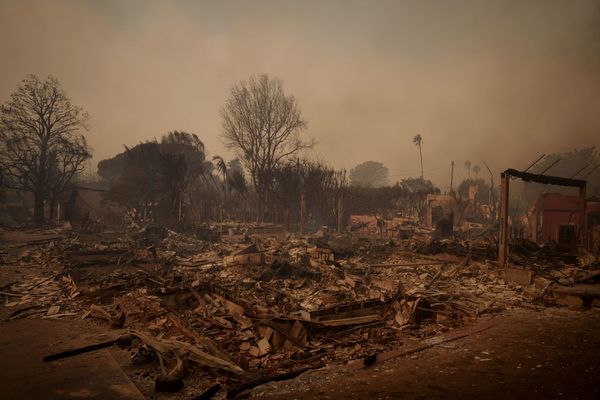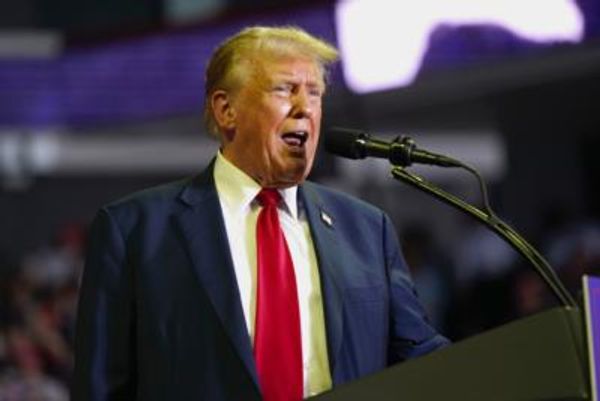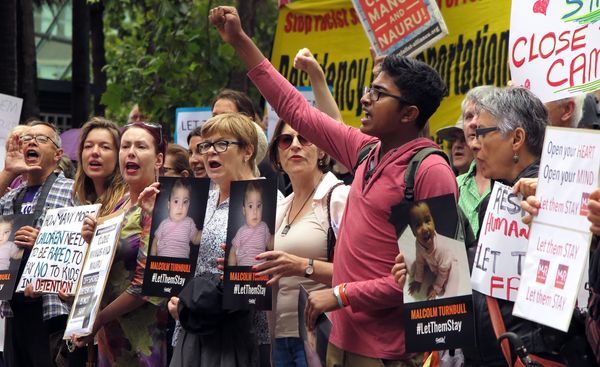As a deadly second wave raged across India through April and May, the Narendra Modi government made an unprecedented move: It shifted the responsibility of procuring vaccines onto different regional governments in the country.
For decades, India’s vastly successful universal immunization program has relied on the central government procuring vaccines and distributing it to different regional authorities. When the pandemic hit, the expectation was that the country would build on that model.
But on April 21, as India recorded nearly 315,000 coronavirus cases, the Modi government announced it would only buy half the country’s requirement of vaccines. Local governments and private hospitals would have to source the remaining by themselves, within 10 days.
The move left the 36 regional governments shellshocked—with zero notice, they were expected to locate and contact vaccine manufacturers around the world, negotiate prices and secure supplies, even as the country’s hospitals were overwhelmed with those struggling, while cremation sites overflowed with the dead. In doing so, Modi was—wittingly or otherwise—emulating former U,S. President Donald Trump, who in March 2020 passed off the responsibility of buying life-saving ventilators and masks to the governors, insisting that his government was “not a shipping clerk.”
With the Modi government’s announcement, local governments floated global tenders, and even municipalities tried their luck—Mumbai’s authorities wrote to its six international “sister cities,” pleading for vaccines. Nothing worked. Companies like Moderna and Pfizer offered a reality check, insisting that they would only deal with the federal government.
Even the Supreme Court of India, normally shy of crossing paths with the Modi government, came out and called the policy “arbitrary and irrational.”
Stung by the criticism, Modi last week came on television and announced that he was reversing the policy, adding that his government was now taking back responsibility for the country’s vaccination procurement.
But a steep price has already been paid. Six precious weeks were wasted in the race between vaccination and infection. Right now, the country is already opening up again, easing restrictions on everything from marriages to eating out. But with only 3.7 percent of its population vaccinated, the country faces the grim prospect of a being caught in yet another new wave of coronavirus infections.
Much of the blame for this should be shouldered by Modi and his government.
Since the beginning of the pandemic, Modi had made himself the face of the country’s vaccination drive. Quite literally—vaccination certificates issued by the government feature a smiling photo of Modi, possibly the only world leader to do so.
On the country’s Independence Day celebrations in August last year, Modi first broke the news to the country that there were “not one, not two, as many as three coronavirus vaccines” in different stages of testing, assuring citizens that the country was fully prepared to vaccinate the country as quickly as possible with indigenously developed vaccines. A month later, in his speech to the United Nations General Assembly, Modi said he wanted to assure the global community that “India’s vaccine production and delivery capacity will be used to help all humanity in fighting this crisis.”
In January this year, he reminded the world again that India was “ready to save humanity.”
But these public utterances didn’t match at least parts of the Modi government’s own internal thinking at that time. Documents accessed by Foreign Policy reveal that last October, a top health official in the Modi government told an Indian parliamentary panel assessing the government’s COVID-19 handling that it had chalked out a “smart vaccination” strategy wherein the government felt there was no need to vaccinate the whole country.
“Once the core group is vaccinated, there is least chance of spread of the diseased and there would not be requirement for vaccination of whole population of the country,” the secretary of the government’s Department of Health Research told the panel. But the parliamentary panel’s report, submitted in November, said that this could only be an “immediate strategy” and insisted that “the whole population should be vaccinated.” Later, some members of the committee told journalists that it had warned the Modi government that vaccine production was going to be inadequate to meet the country’s demand, based on the government’s own estimates.
The reluctance to follow the panel’s advice was clear.
Even while Modi promised vaccines to the world, India had, itself, not ordered a single dose. His government placed its first orders for 11 million doses only on Jan. 11.
Instead, over 66 million vaccine doses were exported out of India, which the Modi government insisted was a form of vaccine diplomacy, while Foreign Minister Subrahmanyam Jaishankar described it as ensuring “that no one gets left behind.” New Delhi even arranged for a chartered flight trip for 64 foreign envoys to visit the country’s vaccine manufacturing companies. In press leaks, government officials boasted how 92 countries had approached India for vaccines.
But when domestic criticism mounted, Modi’s Bharatiya Janata Party distanced the government from the exports and admitted that 84 percent of the vaccines were shipped not out of largesse but due to binding contractual commitments by the manufacturer, the Serum Institute of India. Under pressure, it ordered a curb on vaccine exports by the Serum Institute, even to countries that had placed preorders. This caused a foreign-policy disaster, with neighbors like Nepal and Bangladesh—which had administered the first dose to millions of people—dealing with unreliable middlemen, scrambling for enough vaccines to give citizens their overdue second doses, and even looking toward Beijing for help.
Apart from not placing orders, the Modi government rejected an application by Pfizer as early as February for an emergency use authorization, insisting that Pfizer conduct a trial in India.
The tables have now turned: The Modi government has now waived the condition, but Pfizer and Moderna have said they will take orders only after July.
Despite the carnage caused by the second wave, the Modi government has yet to order enough vaccines for the country. So far, rough estimates show the country has placed orders of only 1.4 billion doses for its population of 1.3 billion, not even enough to cover adult vaccination, since most vaccines require two doses. Of these, there is a question mark over 300 million doses that the Indian firm Biological E is slated to provide, with the company yet to even begin its phase 3 trials.
But, refusing to accept its failure, the Modi government presented a road map before the nation last month, showing an incoming supply of over 2.16 billion doses from eight different vaccine manufacturers by December. However, five of them are still in various stages of trials, with no clarity on their approvals.
Criticized for such an announcement, the Modi government doubled down on it and announced that “India will vaccinate all by December 2021.”
This bombastic approach is unlikely to help.
A month after the announcement, the government last week admitted that at least 350 million of those shots would come only in December. Already, a lack of planning has meant that when the country saw its peak of over 414,000 new infections in early May, its daily vaccinations had dropped to 1.7 million doses a day, from the 3.5 million doses a month earlier. But if India was going to vaccinate its 915 million adults by December, it would have to start vaccinating nearly 10 million Indians every day, more than three times its current average of around 3 million jabs a day. The head of the COVID-19 taskforce has already indicated that shortages will continue to affect India until August, at least.
And a shortage of shots isn’t the only problem. The government’s emphasis on asking citizens to book vaccination appointments on what the health minister has called a “world-class” online platform has triggered a digital divide in the vaccination coverage, forcing even the Indian Supreme Court to push the government to “wake up and smell the coffee.”
Getting a vaccination slot is likened to winning the lottery. People are often forced to rely on hacks like mobile applications and websites that alert users whenever vaccination sites have empty slots. Much of this is out of bounds for those not technologically savvy. It’s worse in smaller towns, like Faizabad in Uttar Pradesh, where locals told me that they had been trying for as long as 20 days to get a slot.
Another problem is the government’s decision to allow 25 percent of the country’s vaccine stock to be cornered by private hospitals, and allowing them to sell the doses at rates that have made the country’s vaccines some of the costliest in the world. Nine major hospital groups, operating in India’s big cities, have procured half of these doses, creating a deeper rural-urban divide in India’s vaccination drive.
Now, as Indians return to crowded streets, busy markets, movie theaters, and restaurants, the Modi government’s fumbling response is set to cause yet another wave in a country still fatally vulnerable.







